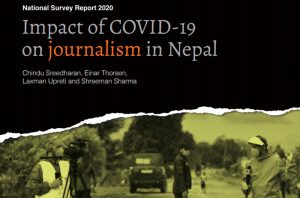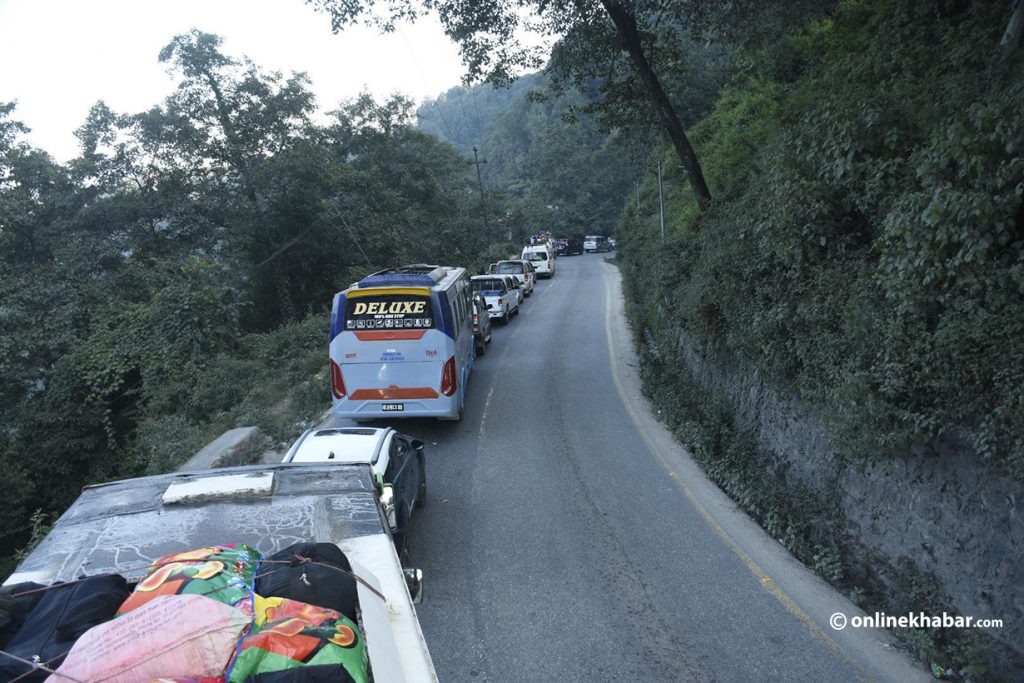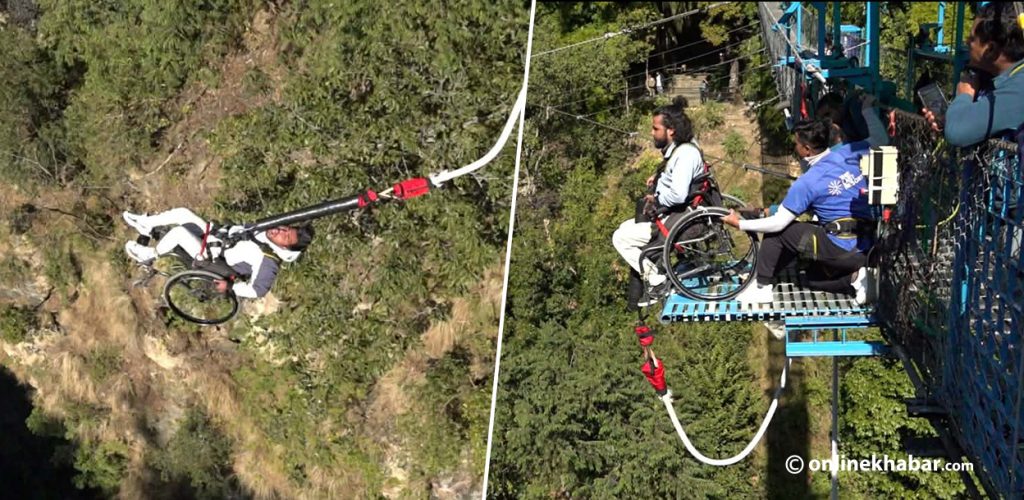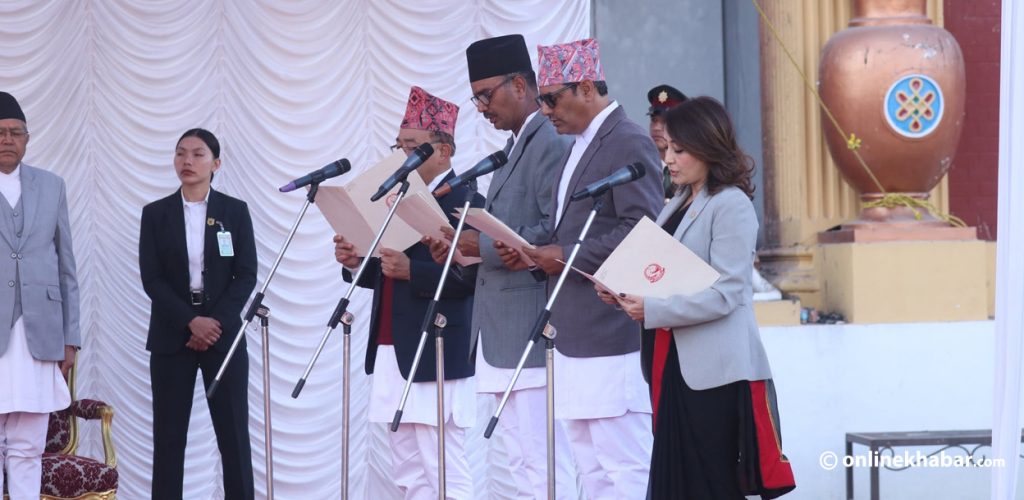
In a world where TikTok reshapes global news consumption and younger audiences demand engaging, short-form content, Nepali newsrooms risk being left behind. While global media rapidly adapts to shifting audience behaviour, experimenting with new formats, we continue to publish content for an audience we barely understand. If Nepali newsrooms do not invest in understanding their audiences, experimenting with formats, and developing talent, they risk irrelevance.
Across the world, journalism is evolving. The latest Reuters Institute report highlights a sharp rise in short-form content, a resurgence in newsletters, and a preference among younger audiences for platforms like Instagram and TikTok. Nieman Lab predicts that in 2025, audience preferences will become increasingly fragmented, with personalised, mobile-first content dominating the landscape.
The broadsheet-era lens
Nepali newsrooms, however, remain stuck in the past. They operate with a broadsheet-era mindset, focusing on what they think the audience should want, rather than understanding what they actually need. There’s little data-driven decision-making, no culture of audience research, and limited experimentation with formats like vertical video, podcasts, or explainers. The issue is not just technological—it is structural and cultural.
For example, despite an explosion in global interest in health, wellness, and personal finance, Nepali newsrooms remain hyper-focused on politics. This lack of diversification prevents journalism from reflecting the full spectrum of audience interests. Platforms like TikTok, Instagram, and YouTube already demonstrate the demand for relatable, engaging content across topics—be it lifestyle, human-centered stories, or deep dives.
Yet, Nepali newsrooms have failed to capitalise on these shifts. Few have invested in vertical videos, explainer content, or smartphone-optimised formats—the primary device for media consumption today. If individual creators and influencers can experiment with podcasts and video explainers, albeit imperfectly, why can not newsrooms outperform them?
Trust begins with the audience
Building trust starts with understanding the audience—what they value, how they consume news, and what resonates with them most. Yet, many outlets fail to analyse their traffic, engagement, or retention data. Which formats work best? Which stories drive genuine interest? How long do viewers stay on a video? Without answers to these questions, newsrooms are effectively flying blind.
Globally, independently run podcasts, short explainers, and niche documentaries succeed because they meet specific audience needs. Locally, interests in lifestyle, fitness, and niche topics are growing, but Nepali newsrooms have not adapted. This disconnect erodes both trust and relevance, particularly with younger audiences.
Small experiments, big changes
Nepali journalism does not need massive resources to adapt. It needs small, practical experiments:
- Start by producing vertical video explainers that distill complex issues into bite-sized narratives.
- Launch podcasts or newsletters targeting niche audiences.
- Use data analytics to understand what works and adjust strategies accordingly.
- The “barbell” strategy from Nieman Lab—balancing short-form content with high-quality investigative pieces—could be a game changer. Even in Nepal, where resources are limited, such experiments can help bridge the gap between audience expectations and newsroom offerings.
Monetisation: A content problem, not a payment problem
People will pay for good content. The real issue is not digital payments—those are growing—it is the lack of quality content. Globally, paywalls, subscriptions, and audience contributions have become sustainable revenue models. Nepali newsrooms need to explore these avenues while ensuring content quality and relatability.
However, sustainability is not just about revenue. It is about investing in people. Decent work conditions, fair pay, and mentorship programs are essential. Good content depends on good journalists, and no industry can retain talent without valuing its workforce.
Leadership and the path forward
Innovation begins at the top. Leaders must have the courage to experiment, rethink workflows, and empower their teams to take creative risks. Successful newsrooms globally have segmented their offerings into content verticals—politics, health, lifestyle, personal finance, and more—catering to distinct audiences. This is not just editorial innovation; it’s a business strategy.
Legacy media in Nepal has a unique advantage. With its trust and reach, it can lead the charge in experimentation, setting benchmarks for the entire industry. Small steps—whether producing TikTok explainers or launching niche podcasts—can set the foundation for broader transformations.
The stakes of inaction
Nepali journalism stands at a crossroads. Evolve or risk irrelevance in a digital landscape dominated by algorithms and misinformation. Without credible information, citizens can not make informed decisions, and unchecked power thrives in the shadows.
Small, focused steps—content experiments, audience research, and better working conditions—are the way forward. This piece is not the solution; it’s the starting point for a necessary conversation about the future of Nepali journalism.





















